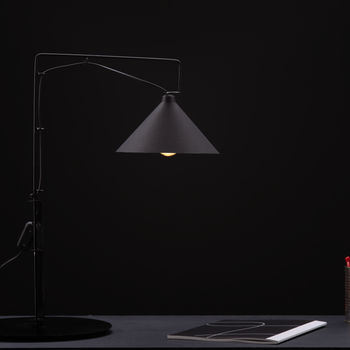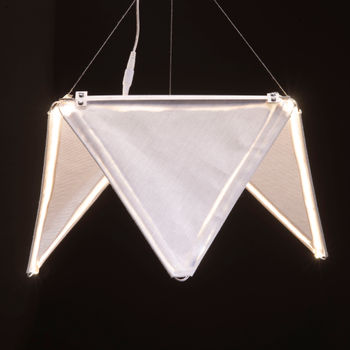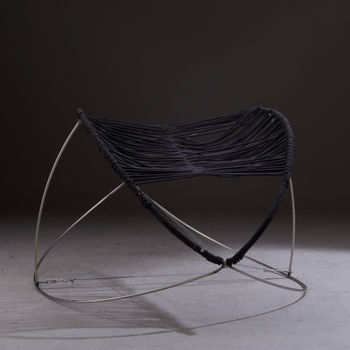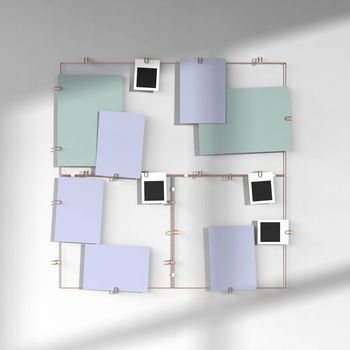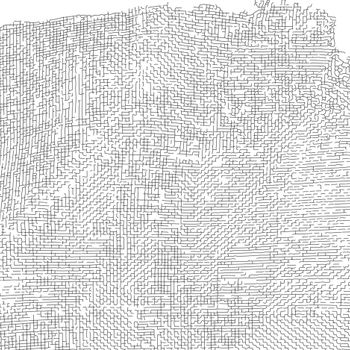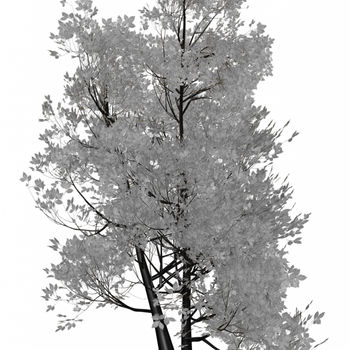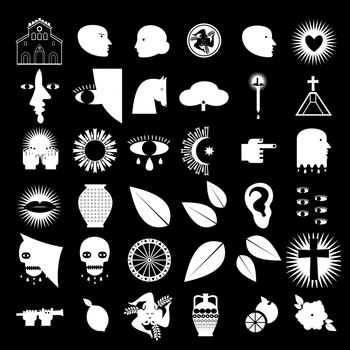Mikado
Teresa Carretta
Mikado is a shelving system of great simplicity of forms. It is inspired by the classic bread drier found in Tyrolean Stube. Mikado was born from the encounter between elegance and revisited tradition, simplicity, and lightness, it was born from the migration of an idea, a use, to a different era, in a new place. It takes the clean forms of the Brotfesskorb and decontextualizes them, simplifies them, creating an object completely different in its similarities. The outcome of the processing and design led to the creation
of a shelving system with simple and clean lines. Compared to the original object, a strong simplification can be seen in the reduction of the construction elements. The main characteristics of the inspiration are, however, maintained in the “Mikado” shelving system. Mikado is made of natural durmast wood. This wood works well for this object as it has good mechanical strength and hardness, is long-lasting and presents a good aptitude for assembly.
The inclined elements are instead of ash wood, as it is resistant, light and flexible, therefore suitable for bending and give the right tension. This wood was then painted in black, thus creating a high contrast with the light color of the durmast. The structure is assembled with glue, with the help of dowels and all the pieces fit perfectly into their matching part. The six- degree inclination creates a pleasing curve to the eye. Mikado is not a classic bookcase or shelving system, in this particular object, the books are embedded between the two sides of the structure, creating a pleasant visual game of balance, that seems almost precarious. The name also derives from this feature, inspired by the classic Chinese game Mikado. The integration of the plants adapts well to the structure that allows them to grow freely between the various construction elements. The iron shelves, painted in black, add points of support for different objects, making the structure more versatile. This is Mikado.
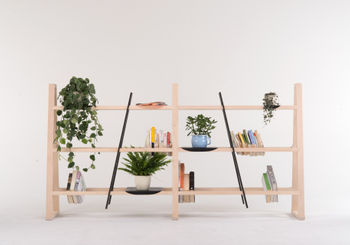

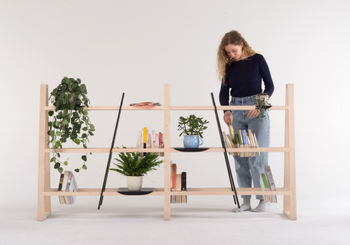
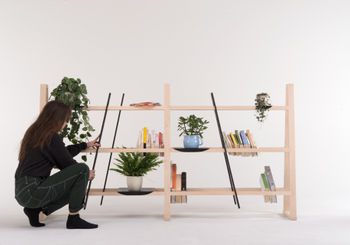

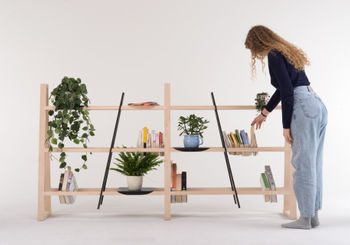


The Migration of Forms
